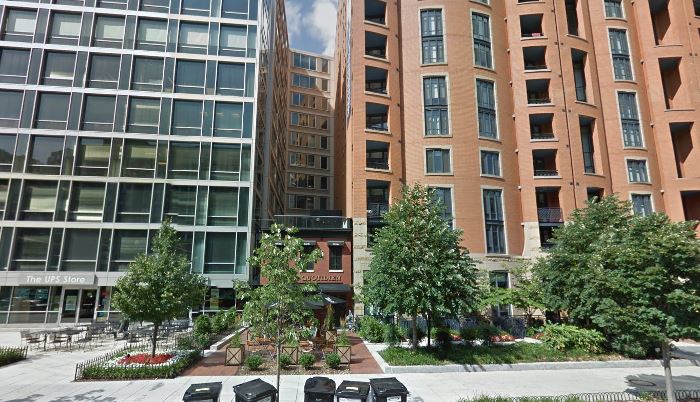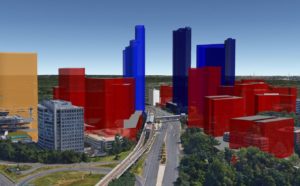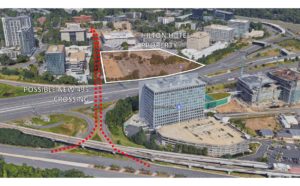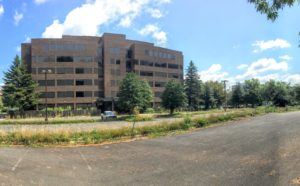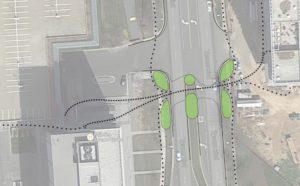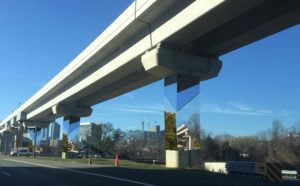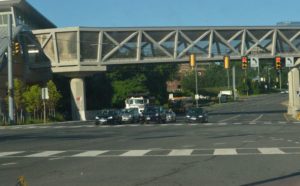Through 30 yrs of planning, rezoning and development the odd parcels and farm lots of Tysons have been consolidated into super-blocks. With all redevelopment comes trade-offs, and there are a myriad of good economic and development reasons to consolidate lots into larger parcels.
As a result of this valuation, small parcels are inefficient, and quickly absorbed to maximize development potential. In older cities (built before digital documentation) remnants, gaps, and other interruptions to a facade or street grid provide clues to history, temporary uses, or the presence of anomalies, physical or codified. Whether by human error or stubborn holdouts, these deviations and glitches in the plan are the genesis of a rich and varied urban environment, they are the way-points and the landmarks, the surprises to be explored.

These days, a quick county database or GIS search will list every parcel by size, and rare is the errant small lot, besides right-of-ways and easements. It reminds me of the story of an intern working at the Arlington Co. planning office in the early-80’s; she found a sliver of undeveloped land in Rosslyn while researching in the county records, saved up, and bought it. After 15yrs she sold it to some enterprising architects who captured an opportunity to infill with a refreshing addition to an otherwise stagnant streetscape. Its hard to imagine such a lucky find these days, and our cities may suffer for it in the future.
Has the rezoning and planning process become too efficient? Every developer pushing through the county process and everyone who waited for the Silver Line would likely beg to differ. Are we so overconfident in our current vision that we are willing to squelch any opportunity for an evolving city? Countless are the well-intended projects that we are now thankful were never completely finished, leaving room for change and ideas of the future – Crystal City comes to mind. So maybe we should plan for these small parcels and outlying lots, glitches in an otherwise perfect plan. It’s an anathema, I know.
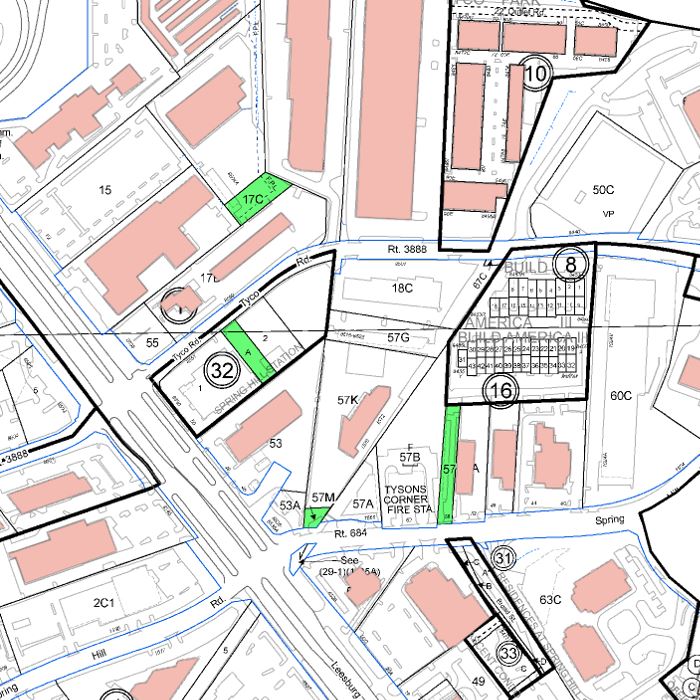
In spite of decades of solid research from the likes of Jane Jacobs (The Death and Life of Great American Cities) and Kevin Lynch (The Image of the City), there remains much skepticism around planning and development that prioritizes place-making over profit. To entertain the idea of leaving an errant parcel for the future — the concept that, just maybe, we don’t have all of the best answers right this moment, and that cities are living places, not static sculptures — takes a lot of humility.
Often, these ‘wasted’ or ‘underutilized’ spaces provide the venue for enriching urban activities – pocket parks, temporary art installations, flea markets, to name a few – that build the character of a place. They allow for regeneration, and as time weighs on the materials and styles of today, an intervention on a small lot, say of a new building, can breathe life back into a street.
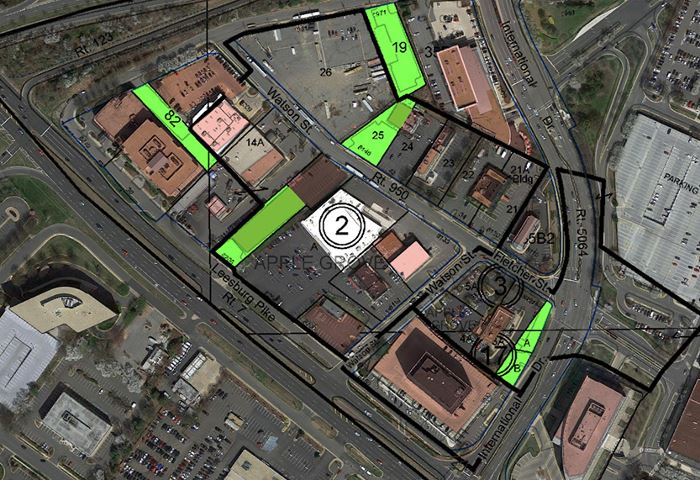
The future to Tysons is boundless, and as the transition continues from a sprawling office park to a true city – with mixed use, and a diversity of people and lifestyles – it will develop a character of its own not in the continuous glass facades and carefully choreographed public spaces, but in the spaces leftover and underutilized. Without these spaces as an outlet for culture to expand into, it will suffocate.
Life does not take hold on a polished stone, but in the cracks and crevices of wild rocks.

